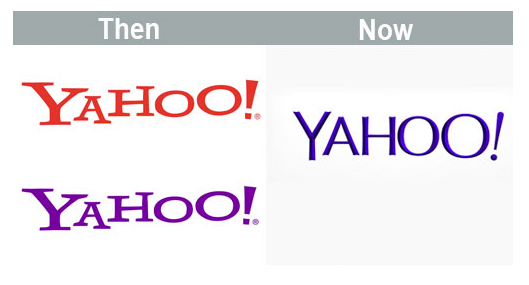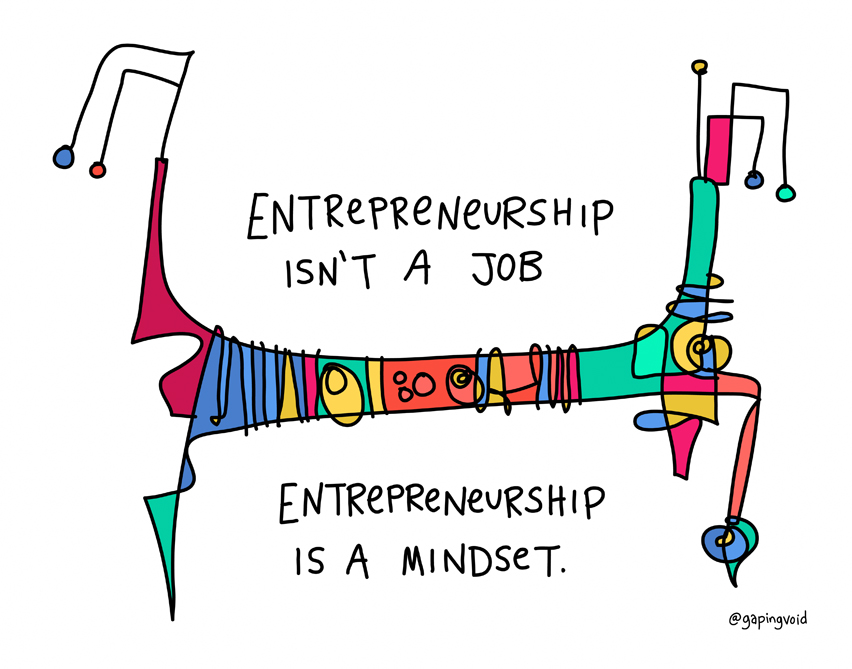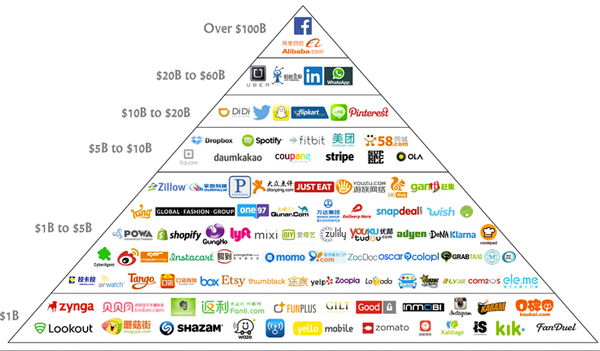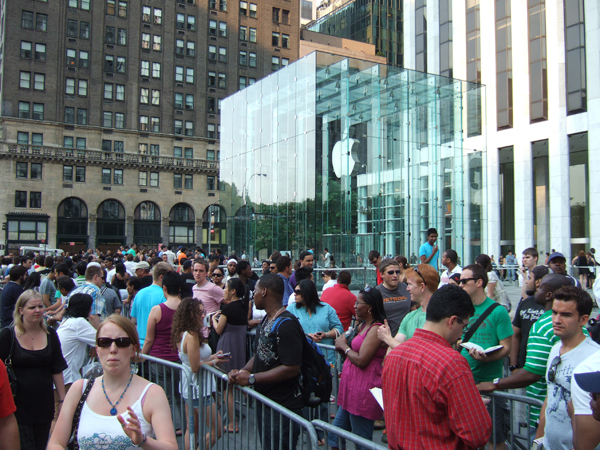CEO Brand Leadership: How Vision Drives Brand Growth
In shaping a brand, CEO brand leadership plays a critical role as the visionary behind the brand. Leaders with vision are aspirational; they stretch the imagination and they look to the future. They understand that a vision is not just a statement; it’s a process. It’s alive. It changes as the world presents new opportunities. True leaders embody and define a brand vision and culture, which must be shared and cultivated to exist.
It’s worthwhile examining lessons from three of the most influential, visionary, and successful CEOs of our times:
- Jeff Bezos continues to break records leading the fastest-growing company in world history.
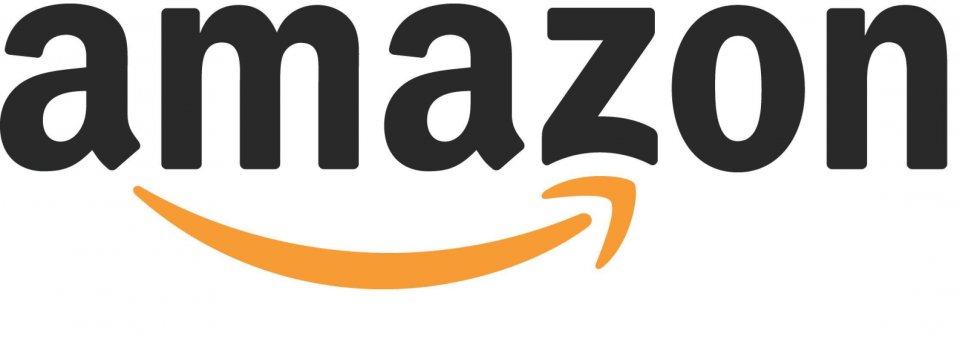
Image via Amazon
- Steve Jobs developed the first personal computer and laid the foundation for the world’s highest-valued company.

Image via Apple
- Bill Gates, the world’s wealthiest individual, built the world’s first software company and is now running the world’s largest private charitable foundation.[1]
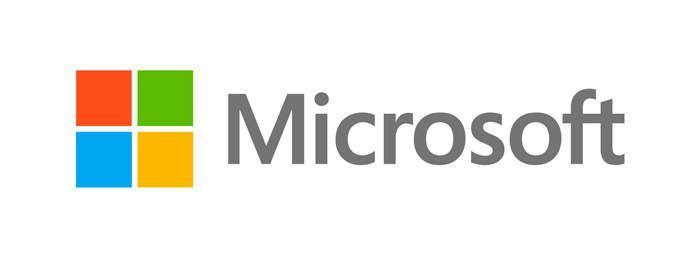
Image via Microsoft
Not all visionary CEOs are corporate giants, of course. Sectors such as nonprofits, services, and even political parties also require leaders with exemplary vision. And it’s not uncommon for entrepreneurs and startups to be guided by a founder whose passion results from personal experience that is shaped into a brand vision.
Related: CEO Brand Leadership – How Does Your Leadership Impact Your Brand?
Visionary Branding: CEO Brand Leadership Must See Tomorrow
Regardless, in all cases it is the CEO’s responsibility to own the vision, to effectively communicate the vision, to provide the resources to deliver the vision, to authentically support the vision, to engage in dialogue with stakeholders, and to continually refresh and drive the brand vision.
Branding that reflects a vision is key to a company’s long-term survival and market leadership and success. It may be time for you shape your brand strategy to rebrand, refresh or relaunch. Talk to us about taking the next step to re-shape your vision and align your branding to ensure its long term health and growth. |
Related: A Rebranding Strategy Guide for Brand Owners and Managers
Strong Brand Culture: Shaped by The CEO’s Brand Leadership Vision
It’s well known in Silicon Valley circles that in the months leading up to Facebook’s IPO in 2012, a slogan was painted on the wall at headquarters proclaiming, “Done is better than perfect.” That underscores the company culture in a brand that didn’t exist before 2004. Now Facebook has over 1.86 billion monthly active users run by a 32-year-old founder and CEO who ranks as the world’s fifth wealthiest individual.[2]
Related: 10 Branding Tips From Silicon Valley on How to be a Successful Startup Brand
“When we first launched we were hoping for maybe 400 or 500 people…so who knows where we’re going next?” a 19-year-old Mark Zuckerberg told CNBC about his new college social networking site that had achieved 100,000 users in 2004. “Maybe we can make something cool.”
While the words “company culture” are bandied about quite a bit, one Melbourne-based international consultant cuts through the jargon to explain the concept succinctly. “For example, if it is 5 o’clock and you are walking out the door and the phone rings – if you care about the goals of the business you will pick up that call.”[3]
That level of employee care, explains Didier Elzinga, CEO of Culture Amp, has its roots in the leadership. While the CEO cannot sit in on every meeting, corporate culture is intrinsically linked to leadership and trust.
Companies and workers either have it or they don’t, says Elzinga, after studying 600 firms representing more than two million employees.
Ultimately, successful leaders shape their company culture, they do not allow the company to shape their vision. Modern business analyses indicate that “the way things work around here” is driven day-to-day from the top, deeply embedded in processes, reward systems, and behaviors.[4]
Related: What’s a Cult Lifestyle Brand and How do You Create One?
As a case in point, we only need to look to the headlines following events of April 2017, when United Airlines’ CEO made a reportedly bad situation infinitely worse by publicly doubling down on company culture, citing terms and conditions instead of responding with sincere apologies. “I’ve learned,” says Oscar Munoz, about what he refers to as his “shame and embarrassment.”
Brand Survival: CEOs Must Keep the Ship Afloat
In the influential bestseller, “The Innovator’s Dilemma: When New Technologies Cause Great Firms to Fail,” author Clayton M. Christensen noted that companies must consistently disrupt their existing product lineup with “the next new thing” in each of the categories in which they compete.[5]
Related: The Power of Disruptor Brands and Challenger Brands
To ensure survival, a CEO must see tomorrow and infuse (and re-infuse) the brand with an evolving vision. Today, this is even more critical than when Christensen’s book was first published in 1997. Astonishingly, the average life expectancy of a Fortune 500 company has declined from around 75 years half a century ago to less than 15 years today…and it is declining all the time.[6]
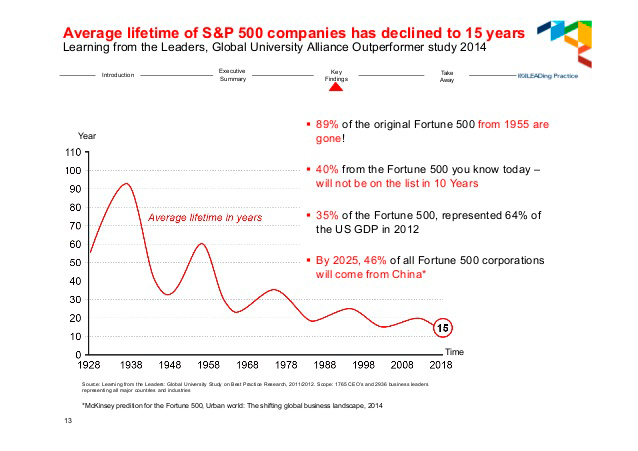
Brand Vision: When the CEO is Customer-Centric
Amazon, Apple, Microsoft: Dedication to a superior customer experience is the thread shared by extraordinary leaders like Jobs, Bezos, and Gates.
Jeff Bezos founded Amazon.com to be the “Earth’s Most Customer-Centric Company.” When in 2005, CustomerThink awarded the internet giant with a customer-centric leadership award, Amazon responded with, “It is simply in our DNA to approach our business by starting with the customer and working backward, and for the past 10 years we have stayed laser-focused on this core principle.”[7]
Bezos says you can have one of 4 primary business focuses:
1. Competitor focus
2. Product focus
3. Business model focus
4. Customer focus
In Bezos’ view, constant customer focus yields the best returns and it’s fundamental to his brand vision and the whole Amazon brand culture. Because customers are endlessly dissatisfied, a company that obsesses about its customers happiness is constantly lifting the bar on the quality of the experience and inventing new ways to please. Together, these actions lead to superior results.
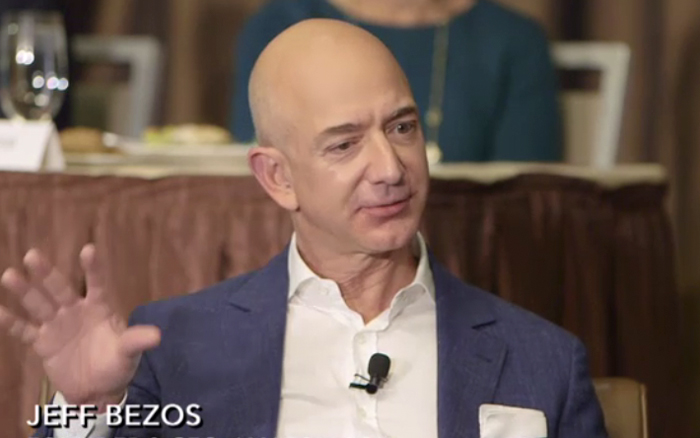
Image via CharlieRose.com
Early Amazon employees could tell you about the empty chair at the conference table, placed there to represent the customer, “the most important person in the room,” according to Bezos. “The thing that connects everything that Amazon does is customer obsession,” Bezos explained in a 2016 interview,[8] recalling that Amazon used to only sell books and he drove the packages to the post office himself. With a net wealth of $75.6 billion, he may have a point.
Related: Top 10 Brands for Customer Experience and What You Can Learn From Them
On his return to Apple 12 years after being fired, speaking at a Worldwide Developers Conference in 1997, Steve Jobs defined what he called “the right path” for his strategy and vision. “What incredible benefits can we bring to the customer? Where can we take the customer? It’s not starting with let’s sit down with the engineers and figure out what awesome technology we have and then how can we market that.”[9]
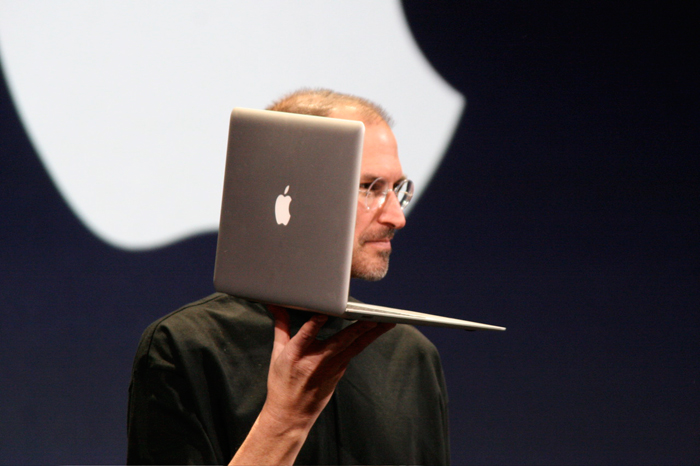
Image via Wikimedia Commons
Throughout his lifetime, this customer-centric approach remained at the heart of Jobs’ laser focus on every detail, in all the touchpoints and design elements of Apple’s products, including even internal ones that cannot be seen.
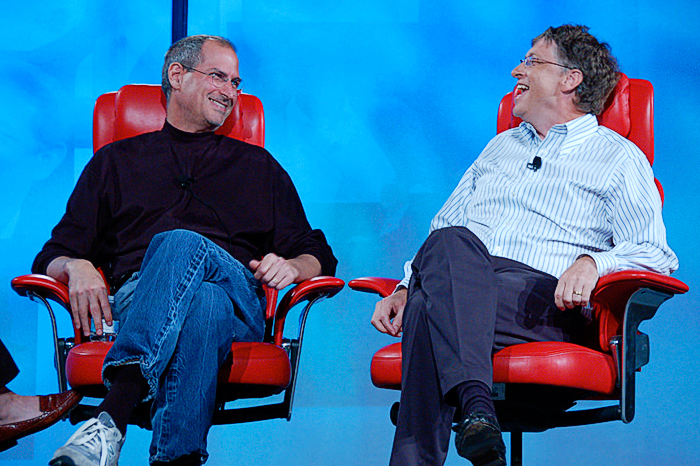
Steve Jobs and Bill Gates (David Geller, flickr 2.0)
Bill Gates on Steve Jobs, “He knew about brand in a very positive sense; he had an intuitive sense for marketing that was amazing.”[10]
And while happy customers are the goal, Bill Gates has commented on his own leadership at Microsoft, “Your most unhappy customers are your greatest source of learning.”[11]
Brand Success: CEO Brand Leadership Vision For an SME
The most important CEO function in a small-to-medium sized business is setting strategy and vision says Rushika Bhatia, Editor of SME Advisor magazine. “Lots of people can help the senior management team develop strategy. Lots more – including the investors and shareholders – can approve a business plan. Yet the actual direction, destination and market positioning can only be set by one person: the CEO.”[12]
In Silicon Valley, venture capitalist Ben Horowitz of Andreessen Horowitz is a startup expert who echoes this view. “The story of the company goes beyond quarterly or annual goals and gets to the hardcore question of why? Why should I join this company? Why should I be excited to work here? Why should I buy your product? Why should I invest in the company? Why is the world better off as a result of this company’s existence? Some employees make products, some make sales; the CEO makes visionary decisions.”[13]
Due to the smaller size of a startup or SME, a CEO is closer to internal functions, all stakeholders, and ultimately, customer experiences. At small-to-medium sized businesses, leaders have greater opportunity for direct control of the organizational climate and brand culture, hence interaction for delivering the vision. CEO advocates of the ‘customer first’ approach can directly influence that vision as the head of an SME.
If you want in-person professional direction to re-evaluate your brand or clarity on how to articulate what your brand stands for so you can sell more effectively and would like to explore working with us then drop us a line to [email protected] or give us a call T: +353 1 8322724 (GMT). We’d be delighted to talk with you.
Alternatively you can also build your brand yourself using our Personality Profile Performer™ programme so you can identify what makes it really different, distinctive and memorable to standout. This is a step-by-step brand building programme, complete with downloads, questionnaires and checklists, to help you build your brand. You can watch a section of the programme here.
Building a Brand From Scratch: An Innovative Ice Cream Story
In 2007, Robyn Sue FIsher had an MBA from Stanford University, no money, and a passion for ice cream. She started selling her Smitten Ice Cream brand on the streets of San Francisco from a Radio Flyer wagon to transport her innovative machinery.
As CEO, she now has three patents on a liquid nitrogen machine, 10 Smitten stores across California and 200 employees. The vision was to produce the best-tasting, wholesome, handmade ice cream from scratch, one scoop at a time, from all natural ingredients, using technology to get old-fashioned flavours.
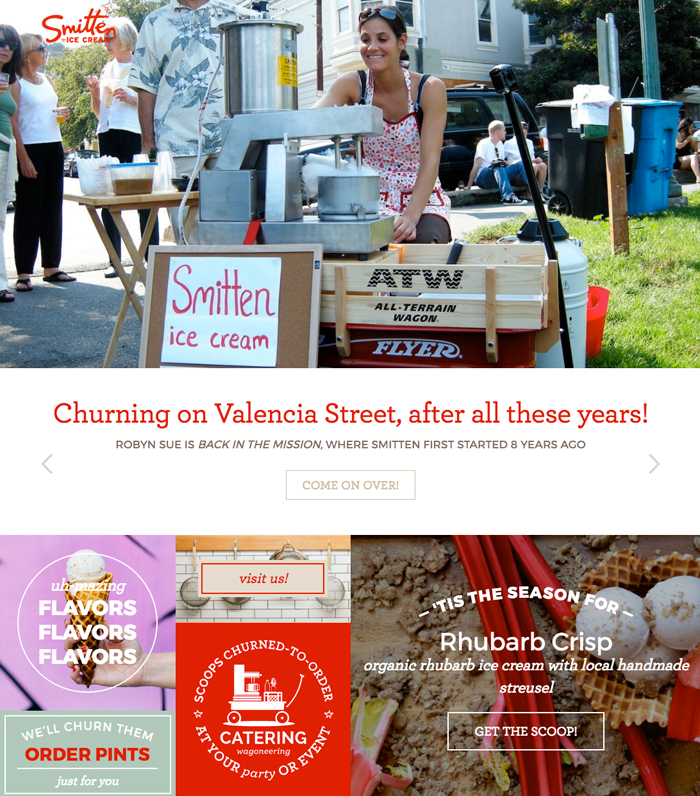
Image via Smitten Ice Cream
In a podcast interview, Robyn says, “I get closer and closer to our amazing people as we grow. A lot of the things that make me sit behind a computer, which is not what I signed up for, can be handed off to people who can do them better than me so I can actually build our culture and be in charge of innovation. Growth enables me to shine and everyone else to take ownership and help steer the company.”[14]
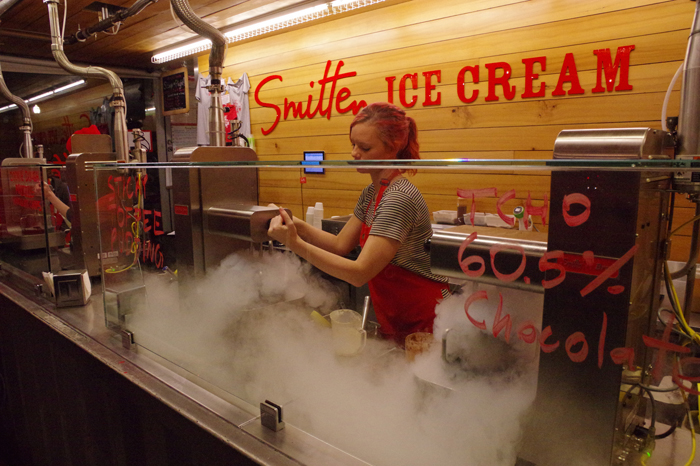
Image via Smitten Ice Cream
Brand Loyalty and Longevity: A Natural Health and Wellness Story
Just one mile from Harvard Square, a husband-and-wife team started a natural health and wellness specialist store after graduating from college in 1974, and have been running Cambridge Naturals ever since. Co-founder Michael Kanter carries the title Chief Visionary Officer, embracing a belief “that strong employees are absolutely vital to a thriving business, and that improving our employees’ standard of living will in turn help our business to grow and prosper.” Leading by example, he has raised the business’ starting hourly pay to considerably above minimum wage plus 100% medical and dental benefits for full-time staff.[15]
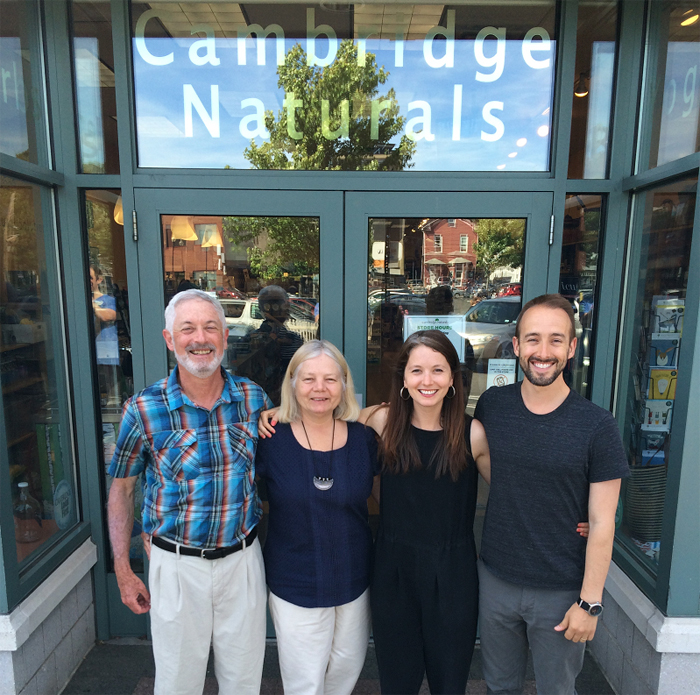
Cambridge Naturals: Family business, Michael Kanter and Elizabeth Stagl with daughter Emily Kanter and son-in-law Caleb Dean
A founding member of Cambridge Local First, Michael has been actively involved in both federal and state campaigns to raise the minimum wage, hosting former Secretary of Labor Thomas Perez in 2014 for a local business roundtable on the impact of wages on employee and business health and success and writing about it for the U.S. Department of Labour Blog.[16]
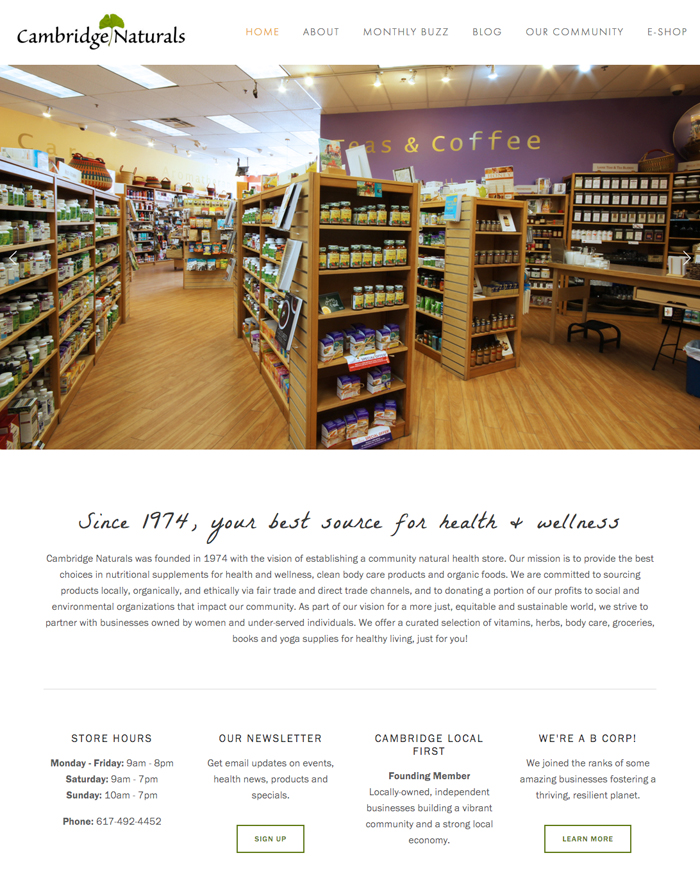
Image via Cambridge Naturals
Michael’s vision extends to consulting for other natural products businesses and speaking at industry trade events about the rewards and the struggles of running a locally-owned, community-oriented business.
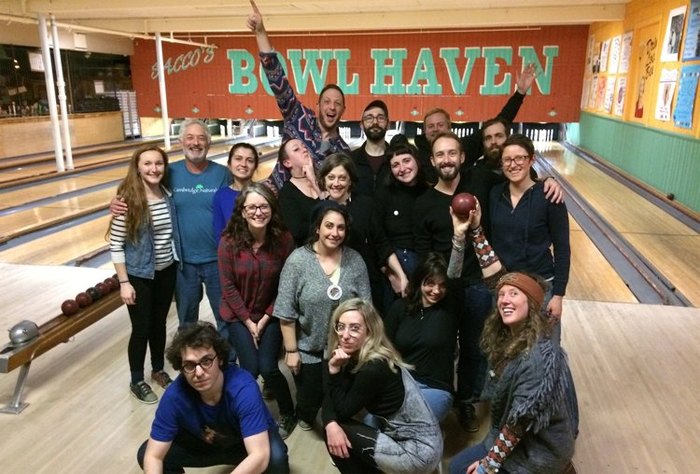
Cambridge Naturals: Company Outing
Ultimate Brand: When the CEO is the Brand
In a family business, a small-to-midsized business, a larger firm, or even an entire nation, a founder and/or CEO’s persona can permeate the brand. Such a personification of brand vision can resonate far more deeply than a logo ever will, a tagline, or an advertising campaign. And it can be kept alive through generations. According to the U.S. Bureau of the Census, about 90 percent of American businesses are family-owned or controlled.[17]
Related: Family Business Branding and The Secret Drivers to Brand Success
Personal infusion or identity crossover can generate iconic status for the brand. Well-known examples of founders and CEOs who have personally underscored brand strength include Henry Ford of Ford Motor Company, innovator Walt Disney of the Disney Company, and entrepreneur Richard Branson, founder of Virgin Group.
The strength of vision from these three futurist dreamers has changed the world. Listen to Walt Disney’s daughter on the emerging vision of her father from the drawing board to Disneyland theme parks for children of all ages.

Image via Walt Disney
Hear Sir Richard Branson connect the dots between airplanes and his vision for space travel by millions of earth dwellers.
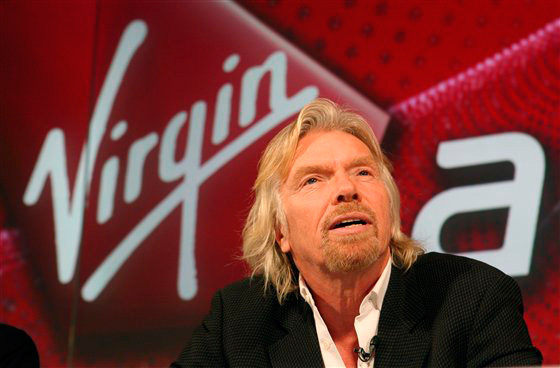
Image via Virgin
An elected head of state is perhaps the best example to most starkly illustrate how a leader’s personal stamp critically shapes a brand, in this case, the brand of a country.
Related: What Brands Can Learn From Political Campaigns
Think of the president of the United States or the prime minister of the United Kingdom, for example, as a CEO. This individual embodies and defines the vision for the national brand — including its perception at home and globally — with massive implications based upon their own individual vision.
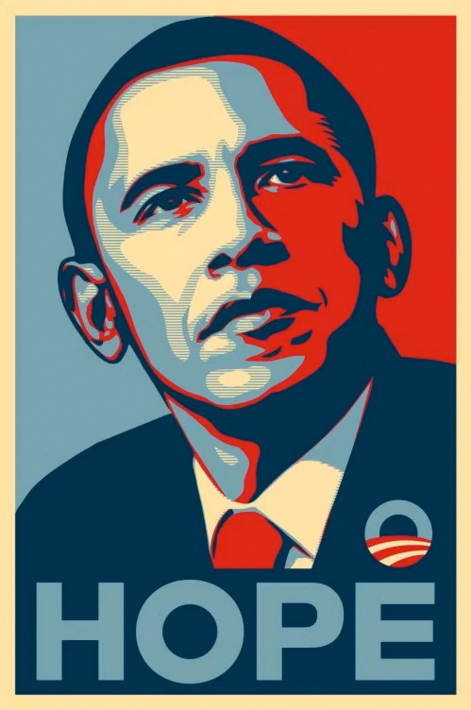
Image via Wikimedia Commons
When you realise that 60% of branding is about perception and only 40% about all the more tangible stuff, be that product or service, then the power of branding really hits home.
Are you a visionary CEO and have you considered?
- Do you feel confident expressing your brand vision succinctly and authentically — what your brand stands for?
- What are the leadership principles you most admire and who embodies them best?
- Do you both ‘talk the talk’ and ‘walk the walk’ as the visionary behind your brand and the face of your brand?
- How does your brand vision continually adapt to changing times?
- How well do you communicate your brand vision to all stakeholders? Can you clearly articulate what makes your brand different compared to your competitors — in terms that are compelling to both customers and stakeholders alike.
- Does your vision feel fresh and futuristic or is your brand ripe for a refresh?
If you need direction and support giving your brand a health check or brand revitalisation feel free to get in touch [email protected] or give us a ring T: +353 1 8322724 (GMT hours).
Alternatively you can also give your brand a health check yourself to identify its strengths, weakness and areas for potential innovation and growth using our Auditing Analysis Accelerator™ programme. This is a step-by-step walk through, complete with downloads, questionnaires and checklists, to help you audit your brand. You can watch a section of the programme here.

Start auditing your brand here
[1] https://www.forbes.com/billionaires/list/2/#version:static
[2] https://www.forbes.com/billionaires/list/2/#version:static
[3] https://www.siliconrepublic.com/jobs/cultureamp-ceo-brand-promise-culture-deliver
[4] https://dupress.deloitte.com/dup-us-en/focus/human-capital-trends/2016/impact-of-culture-on-business-strategy.html
[5] http://changethis.com/manifesto/149.04.LongTermGrowth/pdf/149.04.LongTermGrowth.pdf
[6] https://www.aei.org/publication/fortune-500-firms-in-1955-vs-2014-89-are-gone-and-were-all-better-off-because-of-that-dynamic-creative-destruction
[7] https://www.entrepreneur.com/article/234254
[8] https://charlierose.com/videos/29412
[9] https://www.youtube.com/watch?v=FF-tKLISfPE
[10] http://www.cbsnews.com/news/bill-gates-on-steve-jobs-we-grew-up-together
[11] https://www.surveymonkey.com/blog/2015/02/13/10-inspiring-customer-satisfaction-quotes-and-the-stories-behind-them
[12] http://smeadvisor.com/featured/leading-from-the-front-role-of-the-ceo
[13] https://a16z.com/2010/05/31/how-andreessen-horowitz-evaluates-ceos
[14] http://www.thebigleapshow.com/robyn-sue-fisher
[15] https://static1.squarespace.com/static/5366ed3ee4b0b47b799380bb/t/58500c0920099e4b52133b17/1481640969656/CNPressReleaseDec13+-+FINAL.pdf
[16] https://blog.dol.gov/2017/01/03/why-one-family-owned-business-decided-to-raisethewage
[17] https://www.inc.com/encyclopedia/family-owned-businesses.html

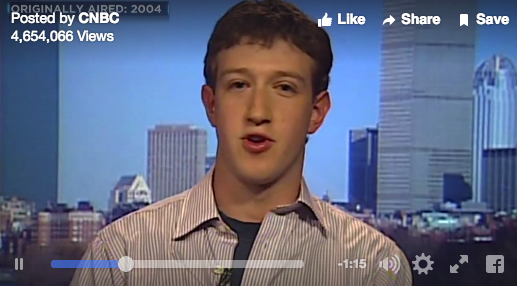

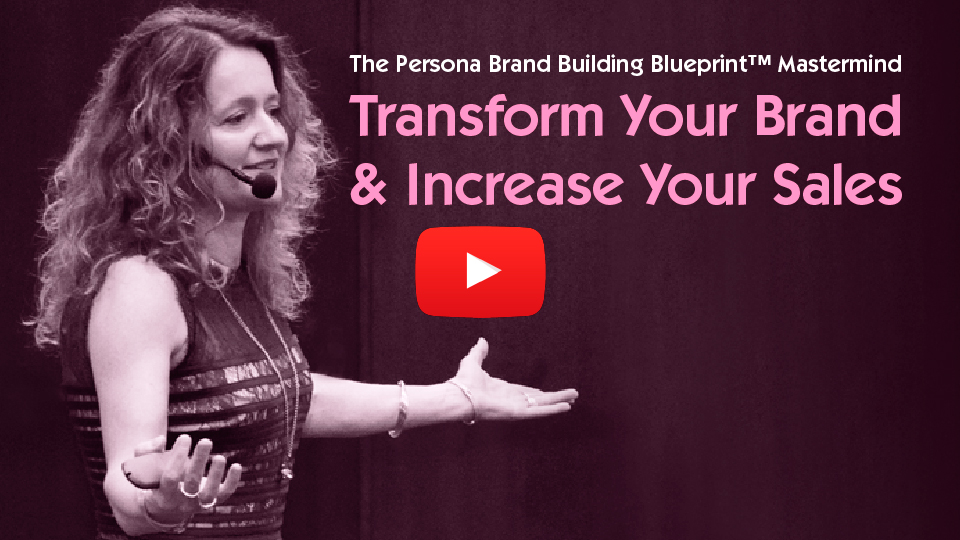



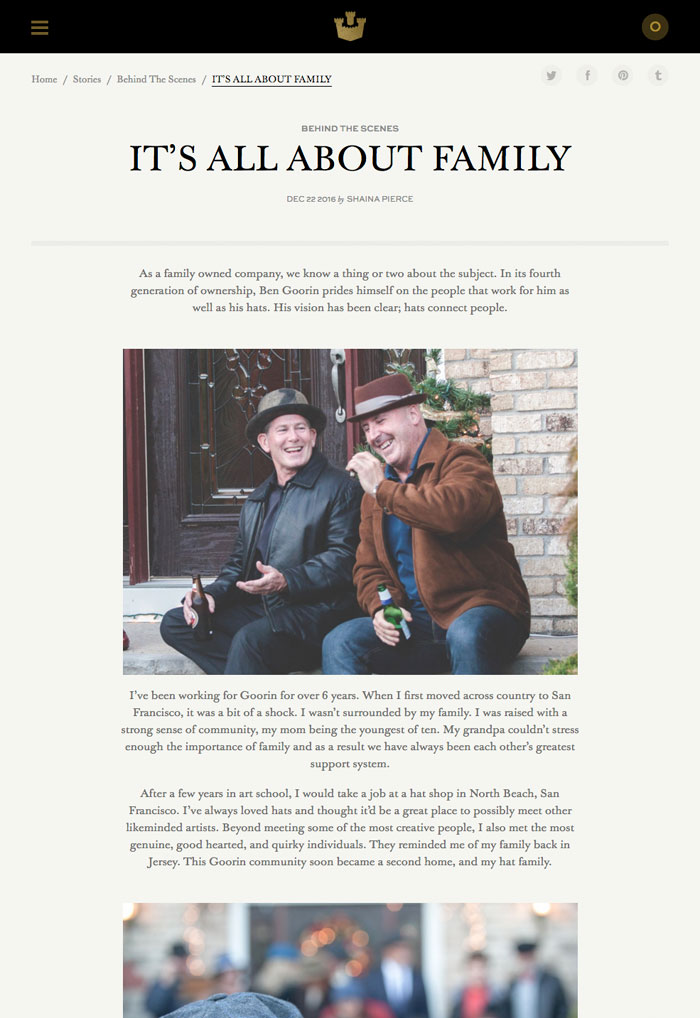
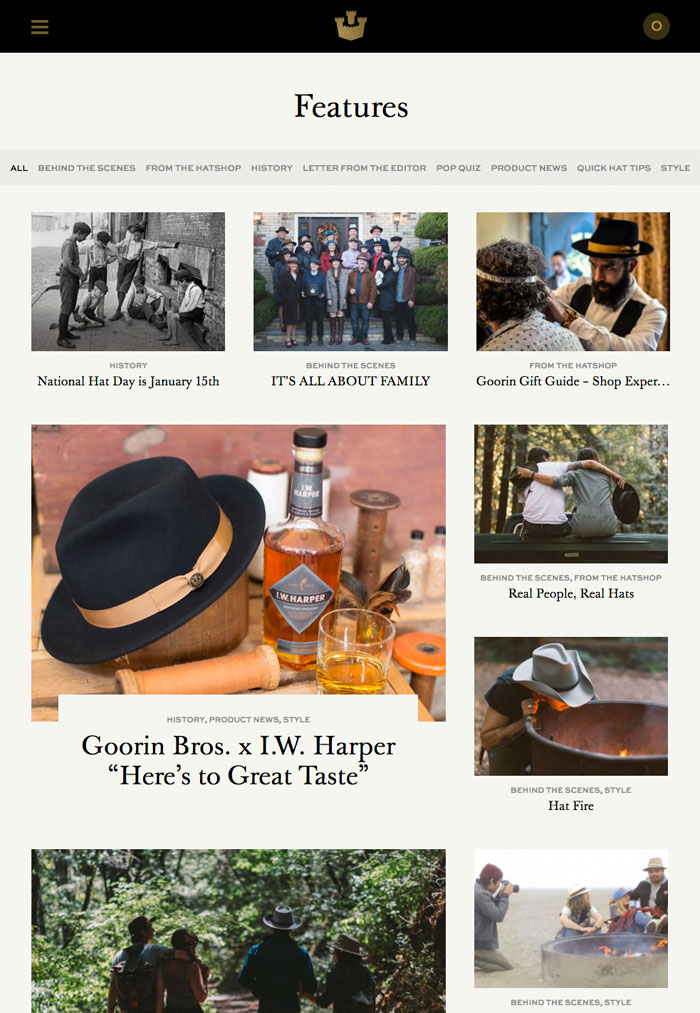
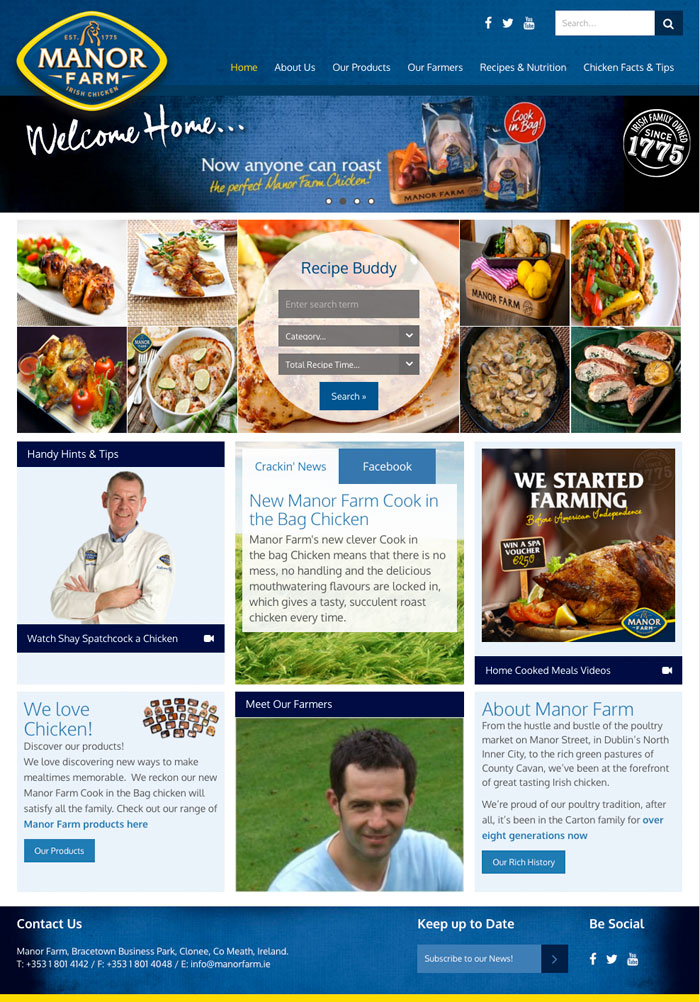
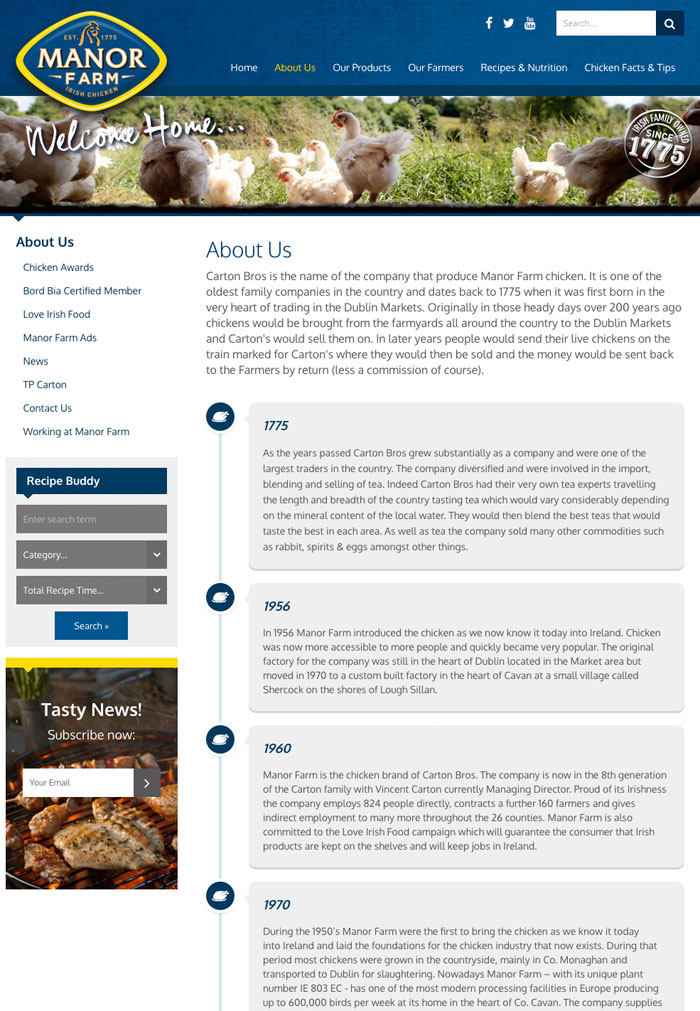
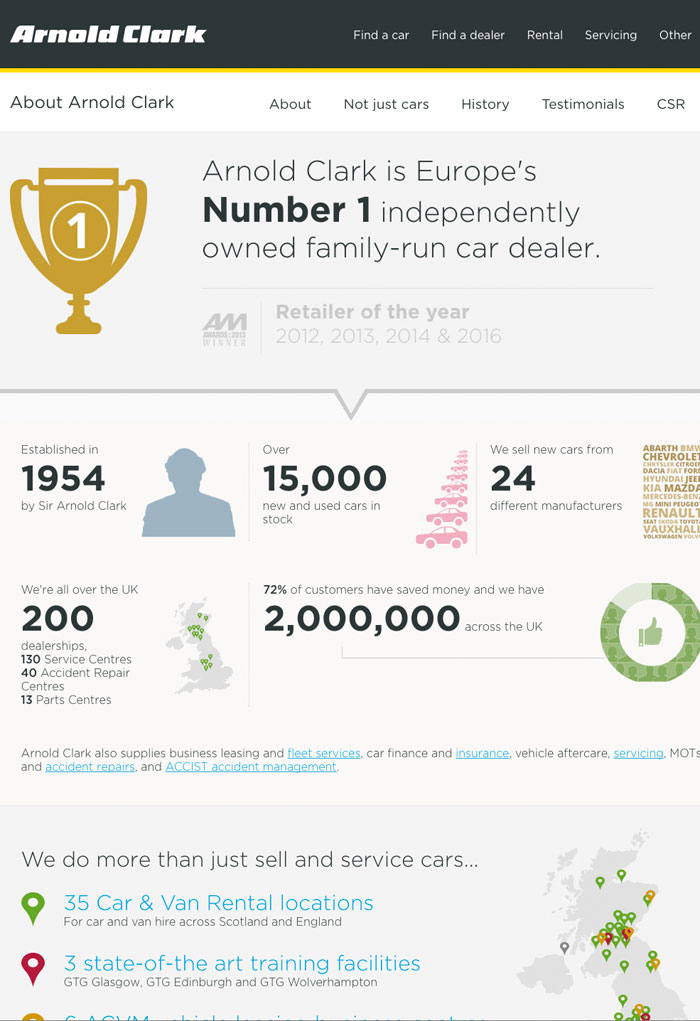
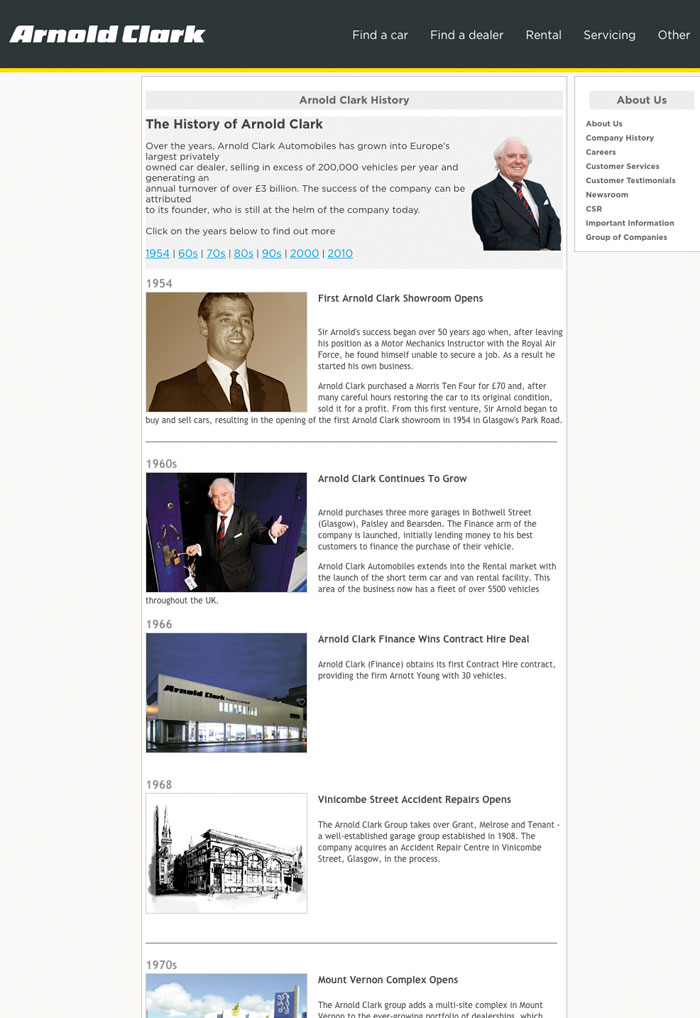
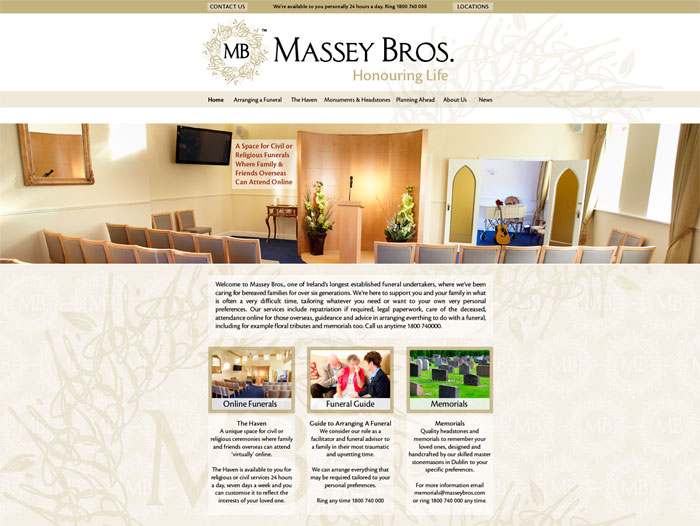
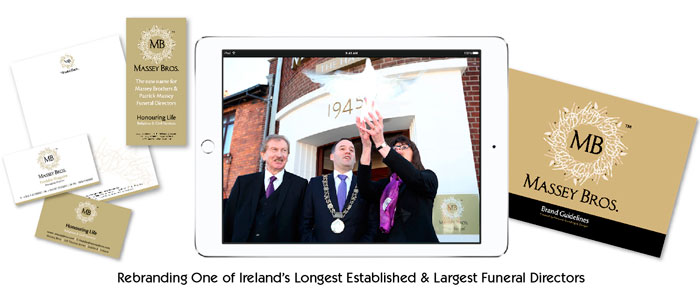
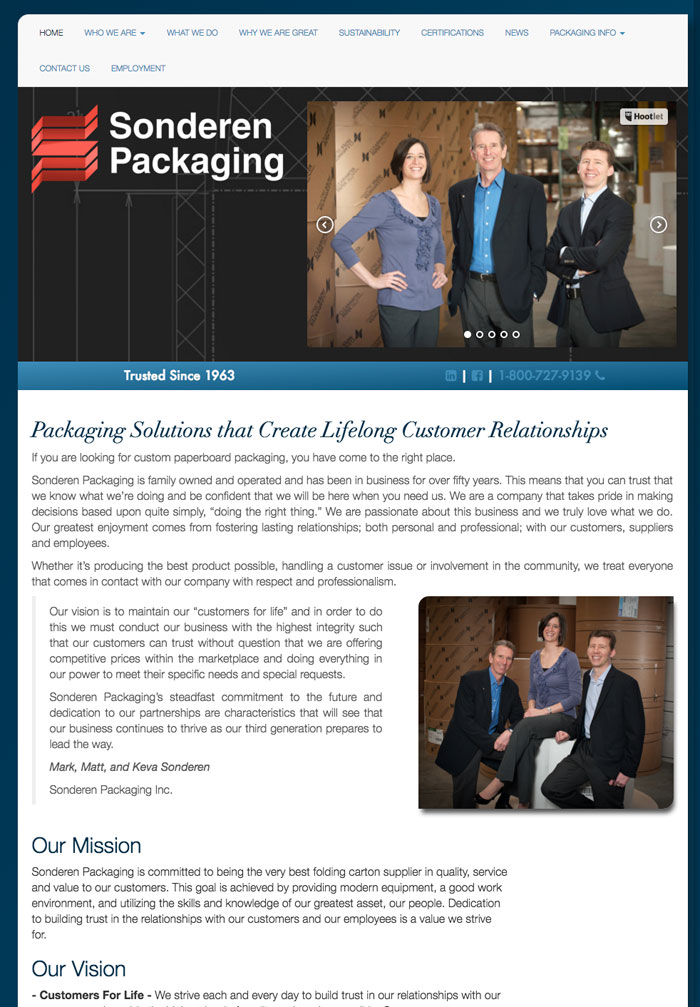

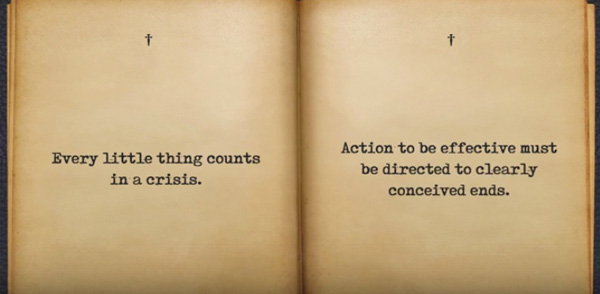

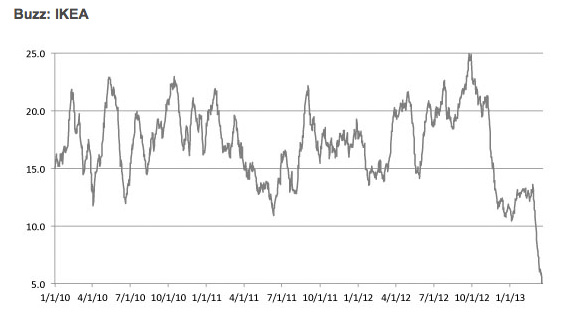
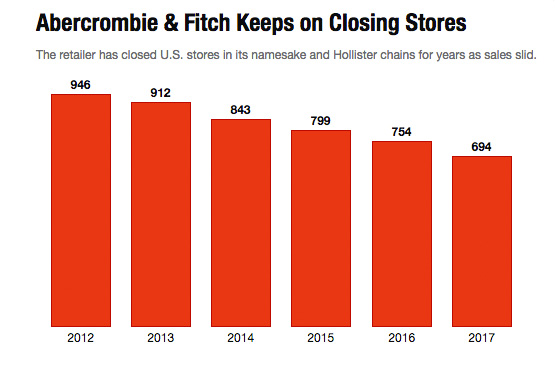
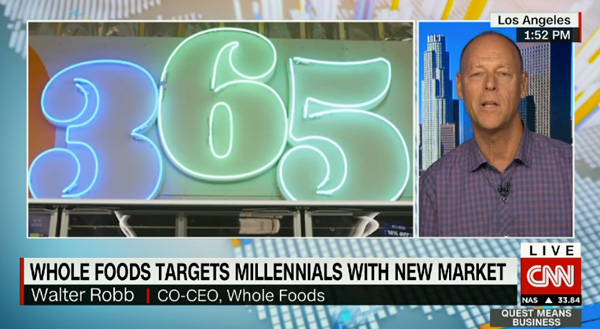
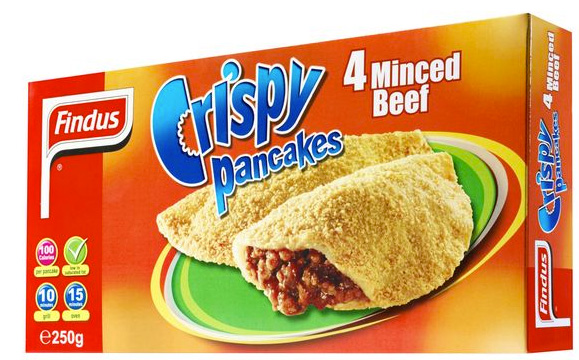

 Image via Gapingvoid, © Hugh MacLeod
Image via Gapingvoid, © Hugh MacLeod



